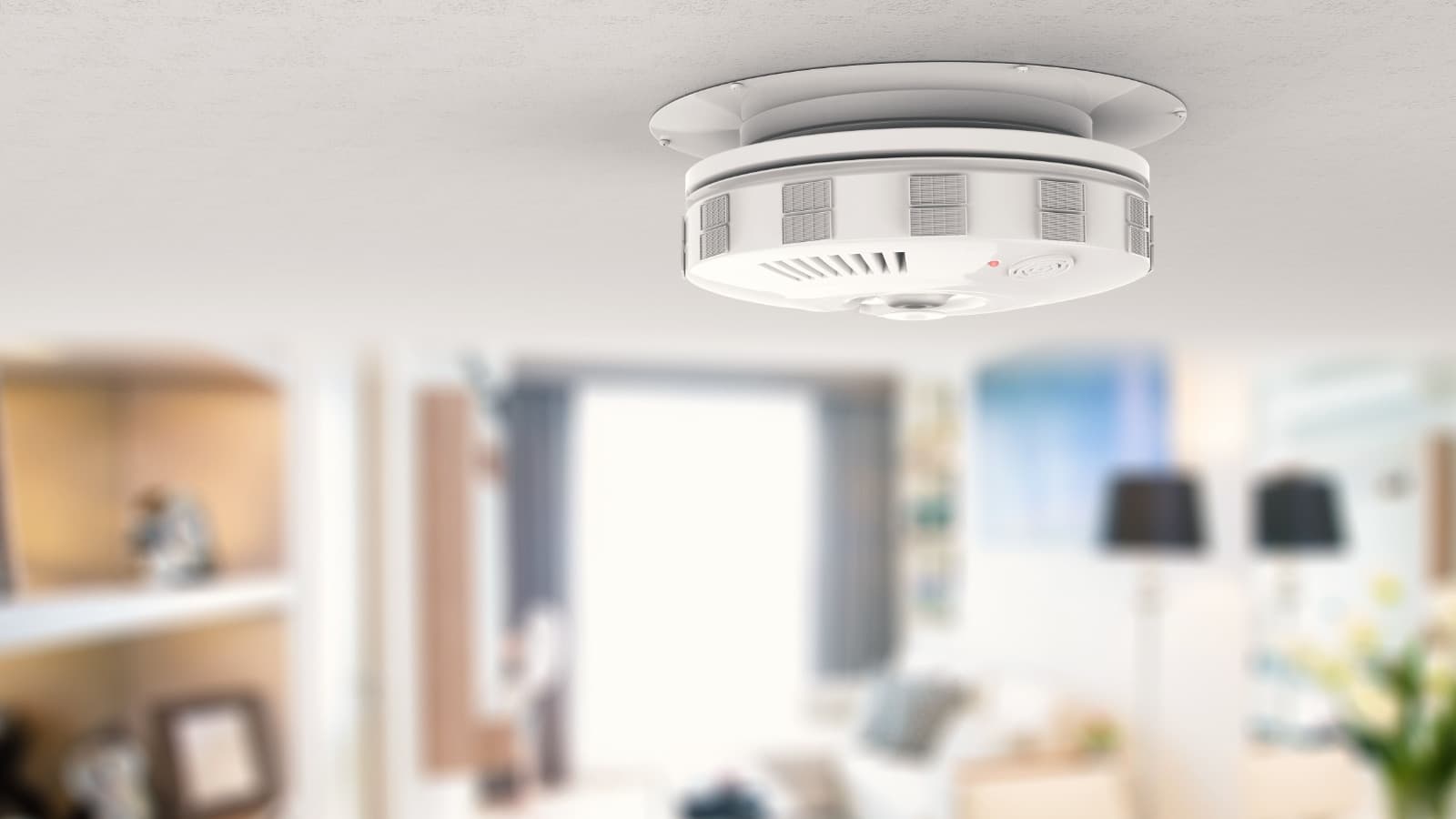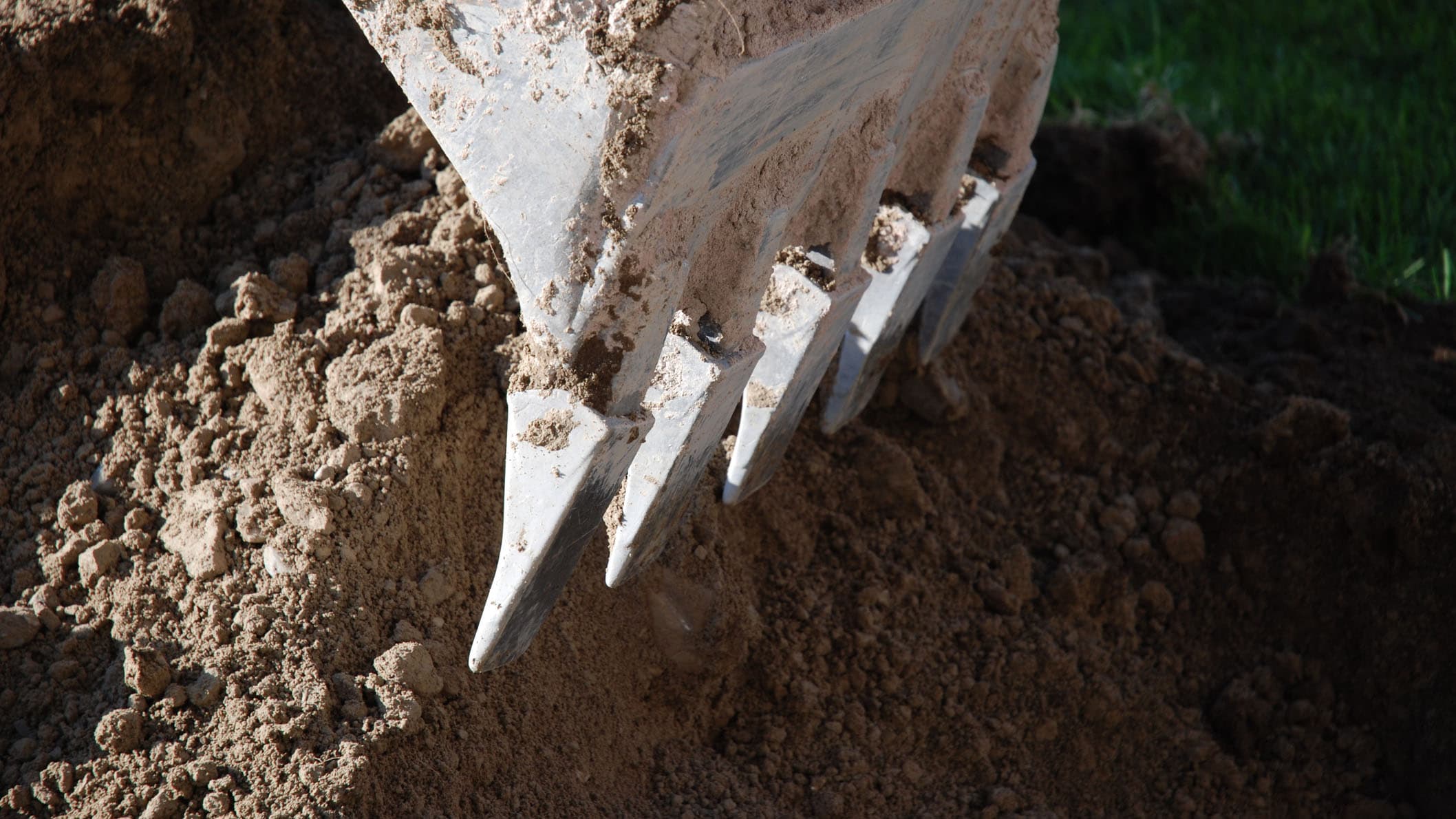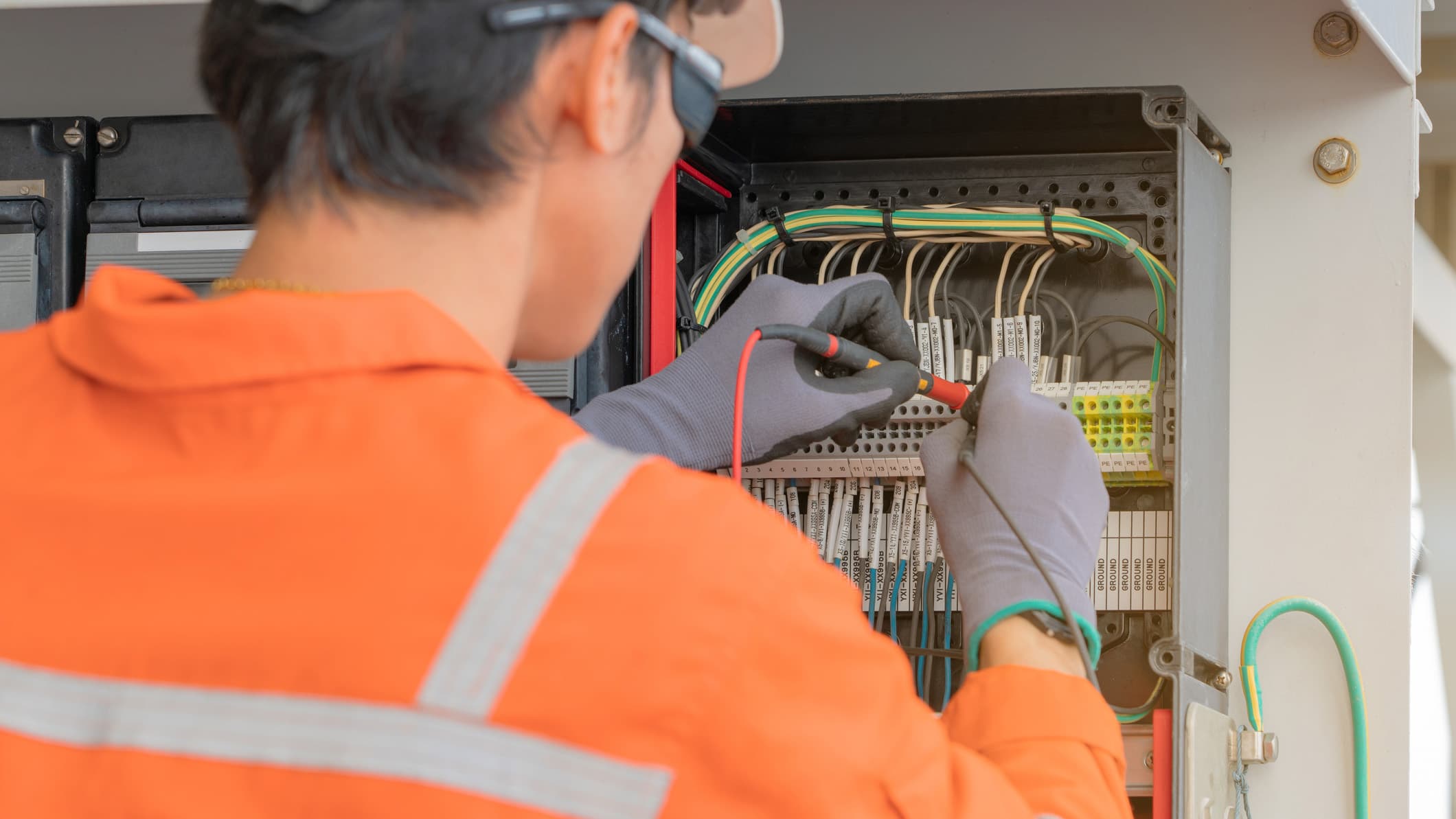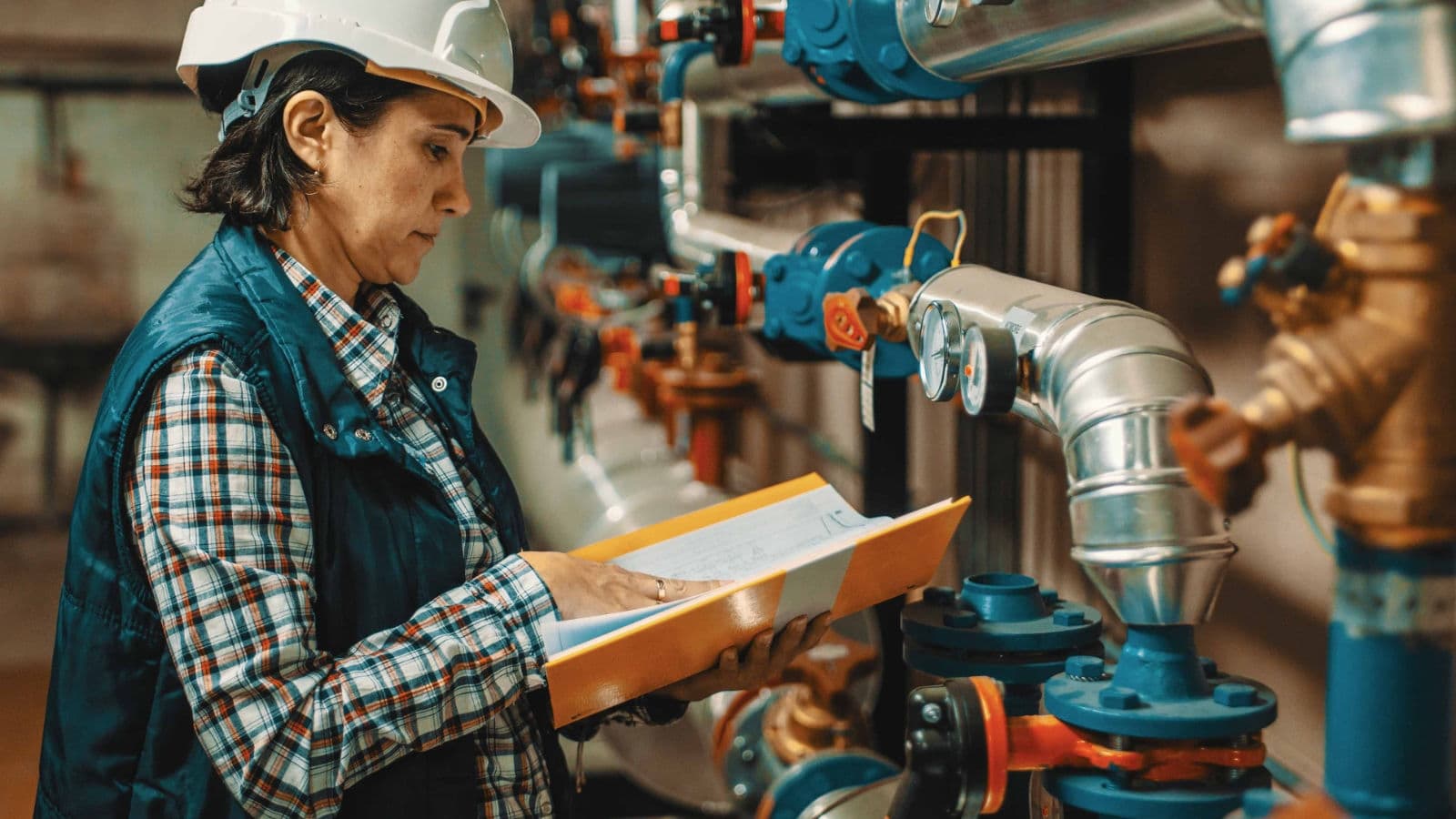A Safer British Columbia
Annual State of Safety 2023
State of Safety: Top 5 Safety Risks
Each year, we analyze and rank the top safety risks encountered by measuring the data gleaned from incident and hazard reports and compiling our risk register. These risks have been identified by collecting, assessing, and rating incident investigation data. When ranking the Top 5 Safety Risks, we analyze the likelihood of an incident taking place, as well as the severity of consequences such as injury or damage.
This work helps us identify areas where risk treatment is needed and develop strategies to influence better outcomes, whether it’s through regulation, communications, education, enforcement, partnering with another organization, or all of the above.
Carbon Monoxide Exposure: The Top Safety Risk in BC
CO gas is produced when burning fuels like propane, natural gas, oil, charcoal, or wood. The risk of CO exposure remains our top safety risk because of its severity but also because many people aren’t aware of its causes or how they can prevent and detect it.

Igniting Awareness: Digging into the Severity of Gas Line Strikes
Beneath our feet lies an extensive network of systems that support our daily lives: telecommunication cables, electrical wires, watermains, sewer lines, and of course, natural gas lines. Striking a gas line can be deadly. Learn about two severe incidents we investigated, and how we’re helping get out the word about calling before you dig.


Sparking BC Homeowners' Electrical Safety Awareness
Electrical fires occur when any electrical equipment, wiring, or components overheat, malfunction, or become damaged, which can lead to ignition. Electrical fires are one of the top causes of house fires in Canada and are one of the top safety risks when it comes to regulated equipment. Learn what we’re doing to mitigate this safety risk.
Empowering Safety: Illuminating the Dangers of Electrical Shock in BC
Electrical shock is a common hazard faced by British Columbians that can occur in any location with some form of electricity. Whether you’re at home, work, or out and about, electricity is everywhere, and so are the risks. Electric shock shouldn’t be underestimated and can go well beyond a little jolt. Learn what we’re doing to mitigate this safety risk.

You Might Be Interested In
Building Confidence
Learn about emerging risks. See how we’re improving the client experience and enforcing against those who work outside of the safety system.
Learn MoreSafety Engagement
We provide technical training and education to support our partners. We also work to influence people in the safety system to make safety-minded decisions.
Learn MoreData and Trends
Find key statistics on permits, incidents, injuries, assessments, and more.
Learn More